Every year there are events taking place in the sky above our heads that are worth taking a few minutes to check out. Problem is that, unless you know that something like an occultation or conjunction is coming up it’s easy for even someone who keeps his eyes to the sky like I do to miss them.
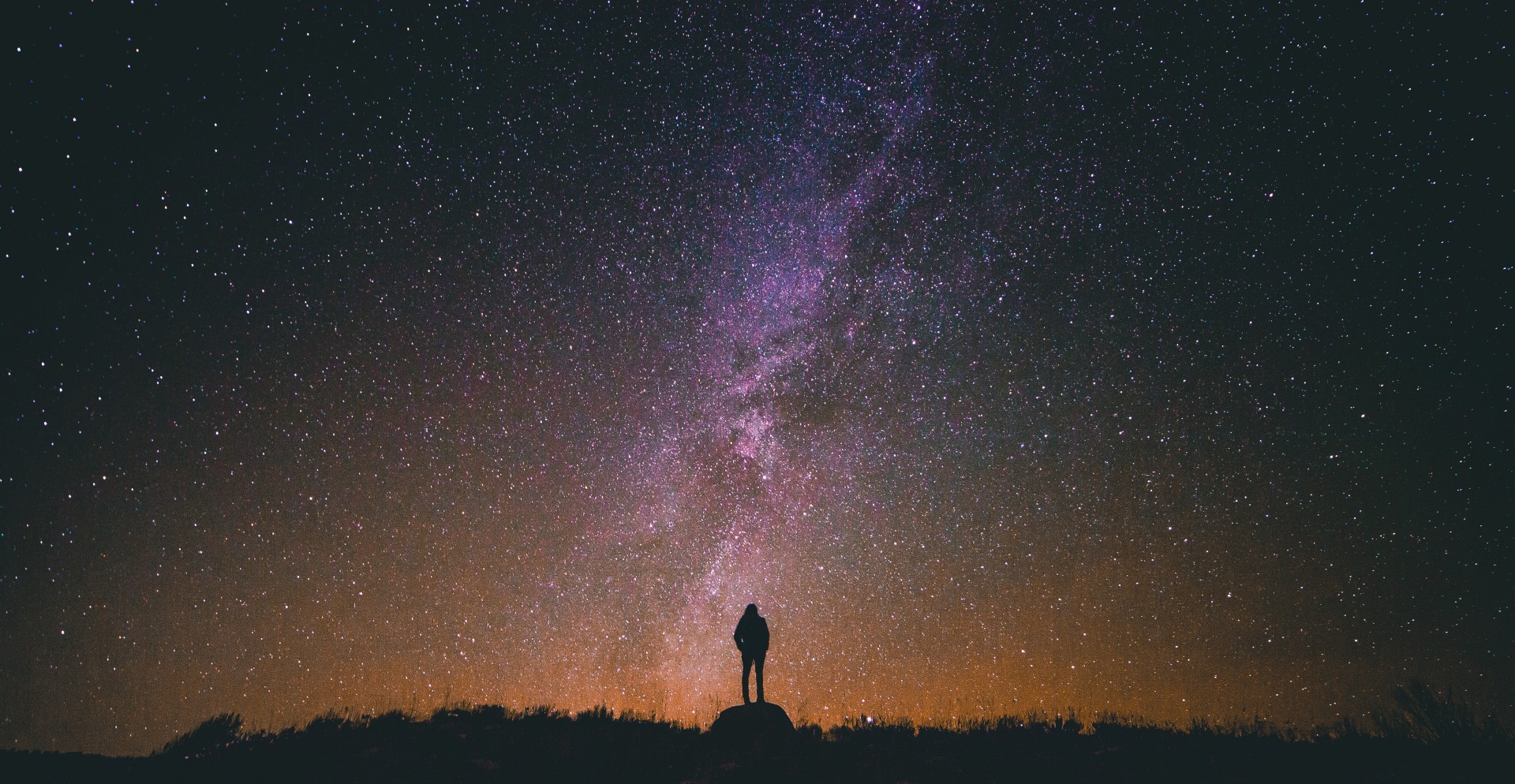
That’s even true of big events like a lunar or a partial solar eclipse. O’k a total solar eclipse is kinda hard to miss but let’s be honest most people wouldn’t notice a partial eclipse that covers half of the Sun unless they’d heard about it on the news. It helps therefore to have a listing of upcoming astronomical events to refer to over the course of a year in order to catch at least a few of them. That’s what I hope this present post will be, and if I can get a few of my readers out there to take a few minutes now and then to go outside on a clear night and appreciate the view of heaven above them I’ll have done my job.

Now conjunctions are the most common astronomical event and the easiest to miss. A conjunction is simply two bright objects in the sky coming close together and since the real stars don’t move that means at least one object has to be either the Moon or a planet.
This month a very close conjunction between two of the planets is going to occur. At about midnight UTC on December 21, that’s around 7PM EST for folks on the US east coast like me, Jupiter and Saturn will appear closer in our sky than they have since the 4th of March in the year 1226, that’s nearly 800 years! The angular distance between the two planets will be less than 1/5th the diameter of the Moon making them look like a double planet.
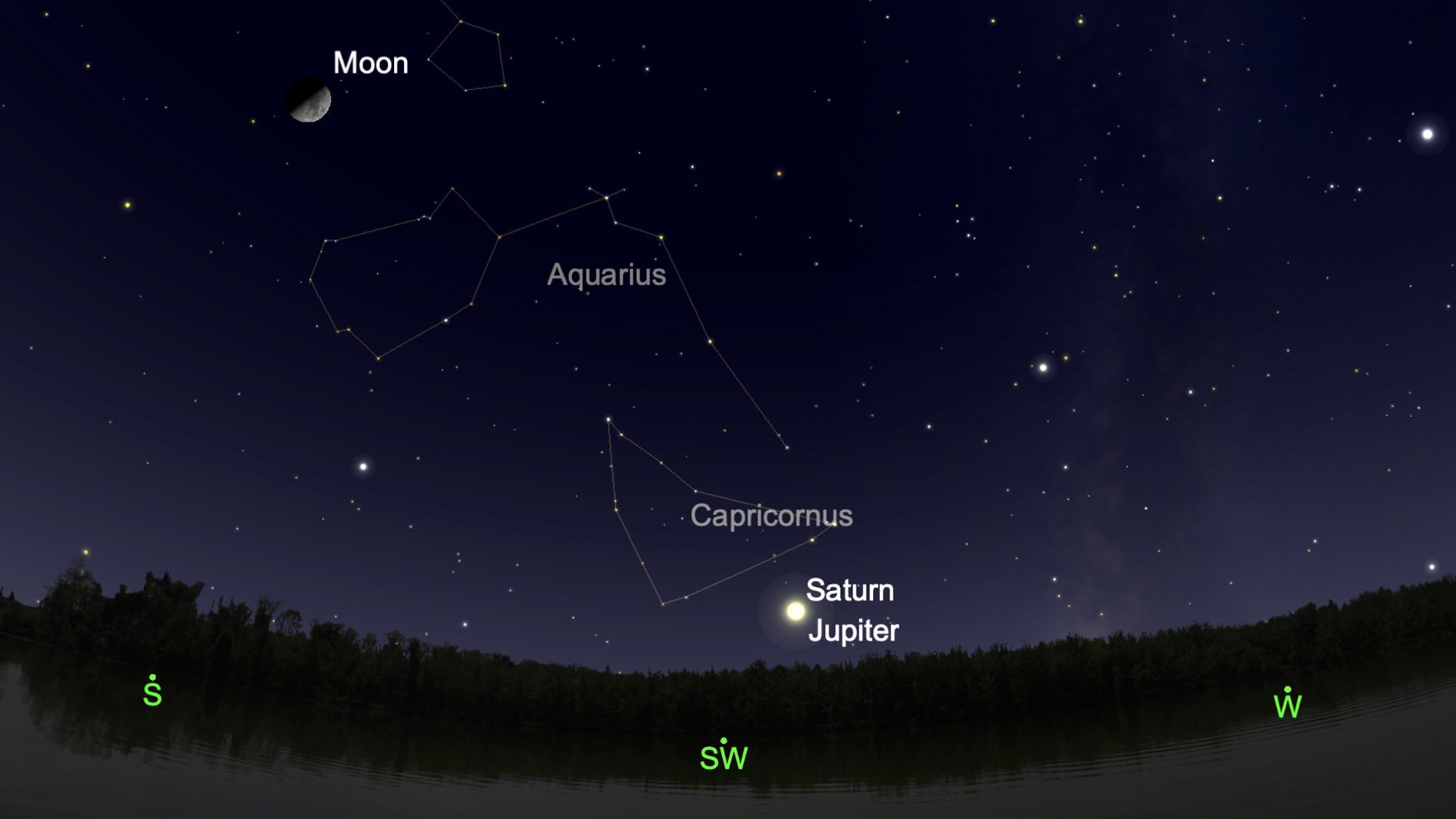
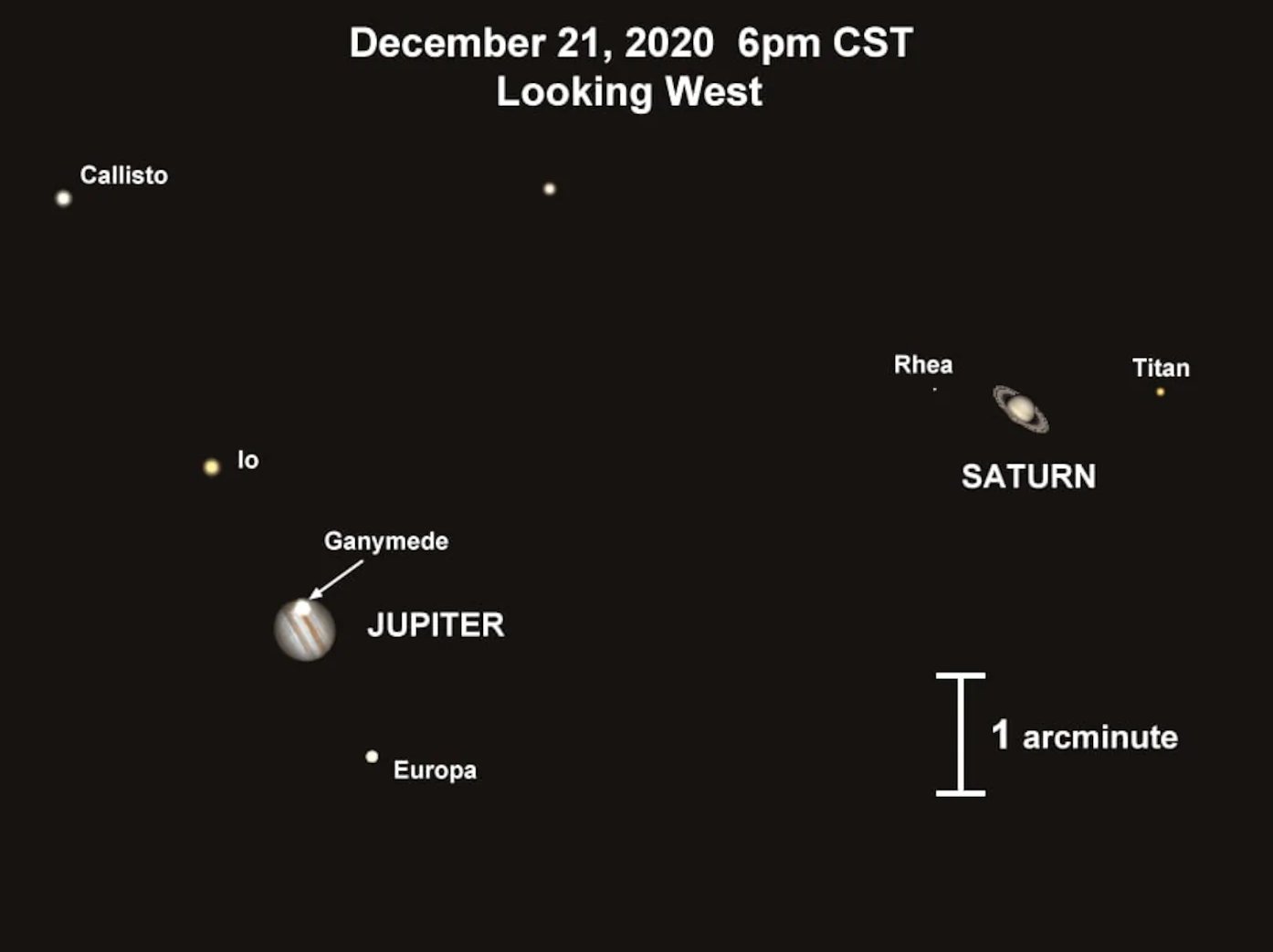
Now if you live a part of the world where midnight UTC is daytime for you or if it happens that your sky is cloudy on December 21st don’t panic. You see Jupiter and Saturn both move pretty slowly across the sky so they’ll be real close together for several days. For nearly ten days, from Dec 16 to the 25th the two planets will be closer than the width of the full Moon.
And I hope everybody realizes that when I say the two planets will be close together that only means that they appear close together from our point of view. Jupiter and Saturn will still be hundreds of millions of kilometers apart but the Earth, Jupiter and Saturn will basically be in a line across the Solar system more than a billion kilometers long. This is true for all conjunctions, the two planets, or Moon and planet only appear to be close from our point of view.
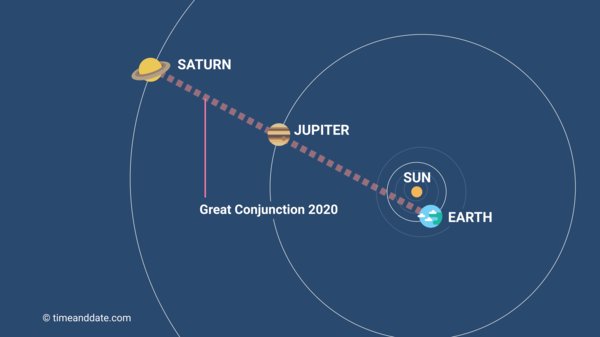
Then during 2021 there will be another four planet to planet conjunctions. On the 5th of March, at about 5AM UTC the planets Jupiter and Mercury will be a little more than half the width of a full Moon apart. Now remember Mercury never gets very far from the Sun so it’s only visible shortly before dawn or shortly after sunset. During March it will be a morning star so you’ll have to get up early in the morning to see it so close to Jupiter.
Then on the 29th of May at 3AM UTC Mercury will be close to Venus, just about a full Moon diameter apart. This time Mercury, and Venus will be evening stars, and quite close to the Sun so make certain that you have a clear horizon to the west as the Sun goes down if you want to see their conjunction.
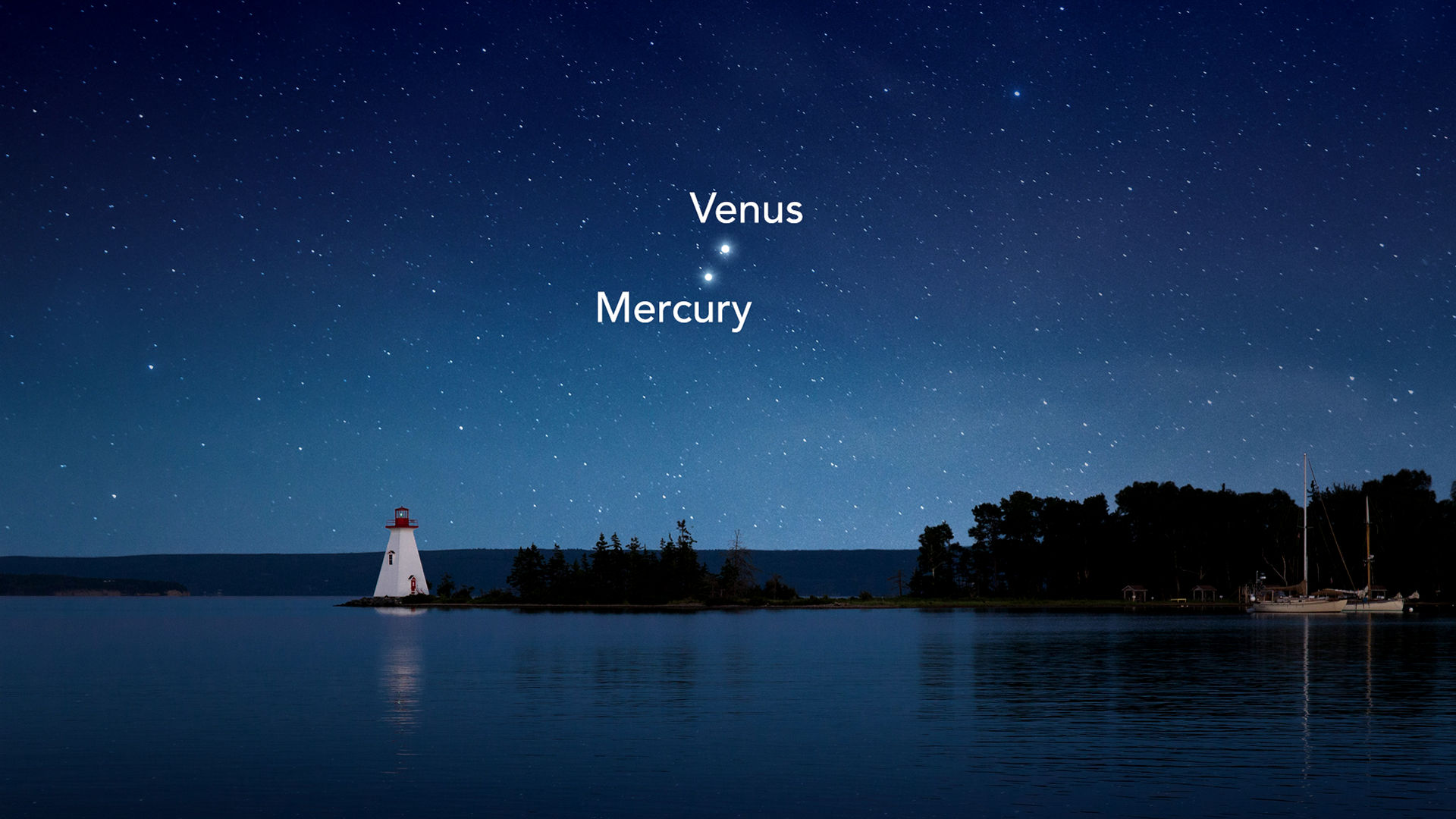
At the height of the summer it will be Venus and Mars who will be coming together. On the 13th of July around 1AM UTC the two planets will be about a full Moon diameter apart and get this, the Moon itself will be right above them so close that you could cover all three of them with the palm of you hand!

The last planet to planet conjunction of 2021 will take place on the 19th of August when Mercury and Mars will approach to less than one sixth of a Lunar diameter at 3AM UTC. Again this conjunction will take place in the evening very shortly after sunset.
Now remember, all of the times I gave are for the moment of closest approach of the two planets but as I said above planets don’t move very fast in our sky so if it happens that it’s daytime where you are at the precise time I gave, or if it’s cloudy don’t panic. You can still see a good show anytime within say 48 hours on either side of the time I listed.
Now as I mentioned above the Moon can also come close to a planet, in fact it can even pass in front of one completely covering it in a way similar to a solar eclipse. These events are known as occultations and like eclipses only a small part of the Earth actually sees the Moon pass in front of the planet, the rest of us only get to see a conjunction. The first occultation takes place on the 17th of April at about 1500 hrs UTC when the Moon will cover Mars. At least it will for those people in India and southeast Asia, the rest of us will see Mars come closer than a fifth of the Moon’s diameter.
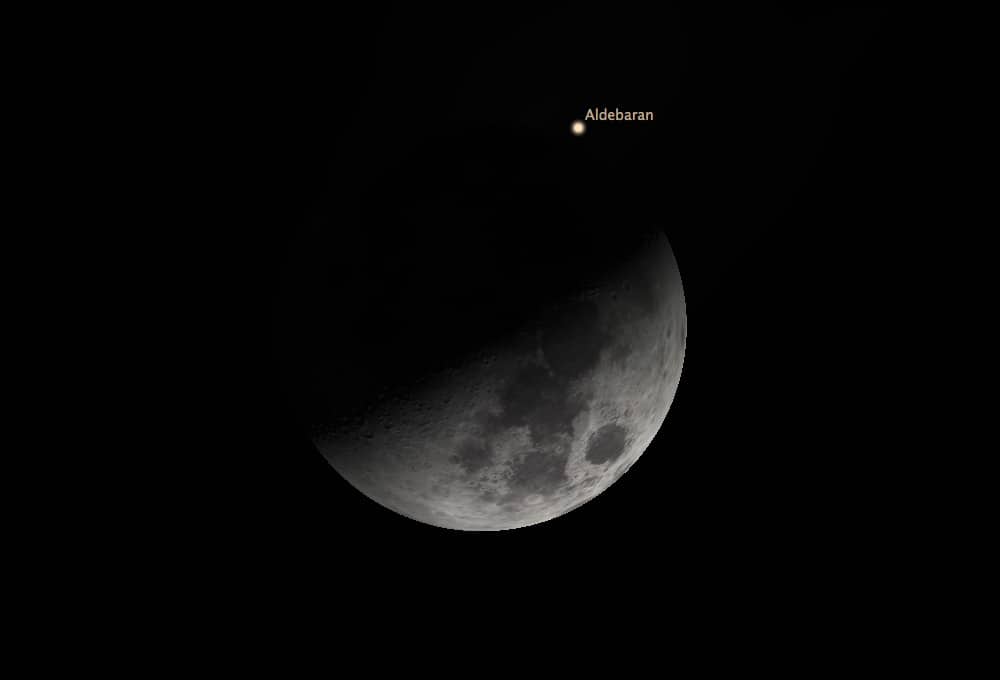
The second occultation will involve the planet Venus when the Moon passes in front of it on the 8th of November as seen by people in Japan, Korea and the far east Russian city of Vladivostok. This occultation or conjunction, depending on where you live, will take place in the early evening after the Sun sets.

Finally, and appropriately on the last day of the year December 31st, the Moon will pass in front of Mars putting on a great New Year’s Eve show for people in Antarctica and southern Australia. The rest of us will get to see the Moon pass by close to Mars.
O’k so what about the big celestial events, the eclipses. Well it turns out that 2021 will be a good year for Solar eclipses, if you happen to live at one of the poles. On June the 10th the North pole and a bit of Northern Quebec will be treated to an annular eclipse of the Sun, that’s where the Moon doesn’t quite cover the Sun but instead blots out most leaving a ‘Ring of Fire’. Then on December 4th the South pole gets to see a total eclipse, the rest of us will just have to wait for other years. There is going to be one total Lunar eclipse on the 26th of May at 1:20AM UTC that will be visible for Southeast Asia, Australia and the West Coast of North America.

Those are going to be the major astronomical events over the next year. I hope to be able to check out a few of them and I hope that you will too.
